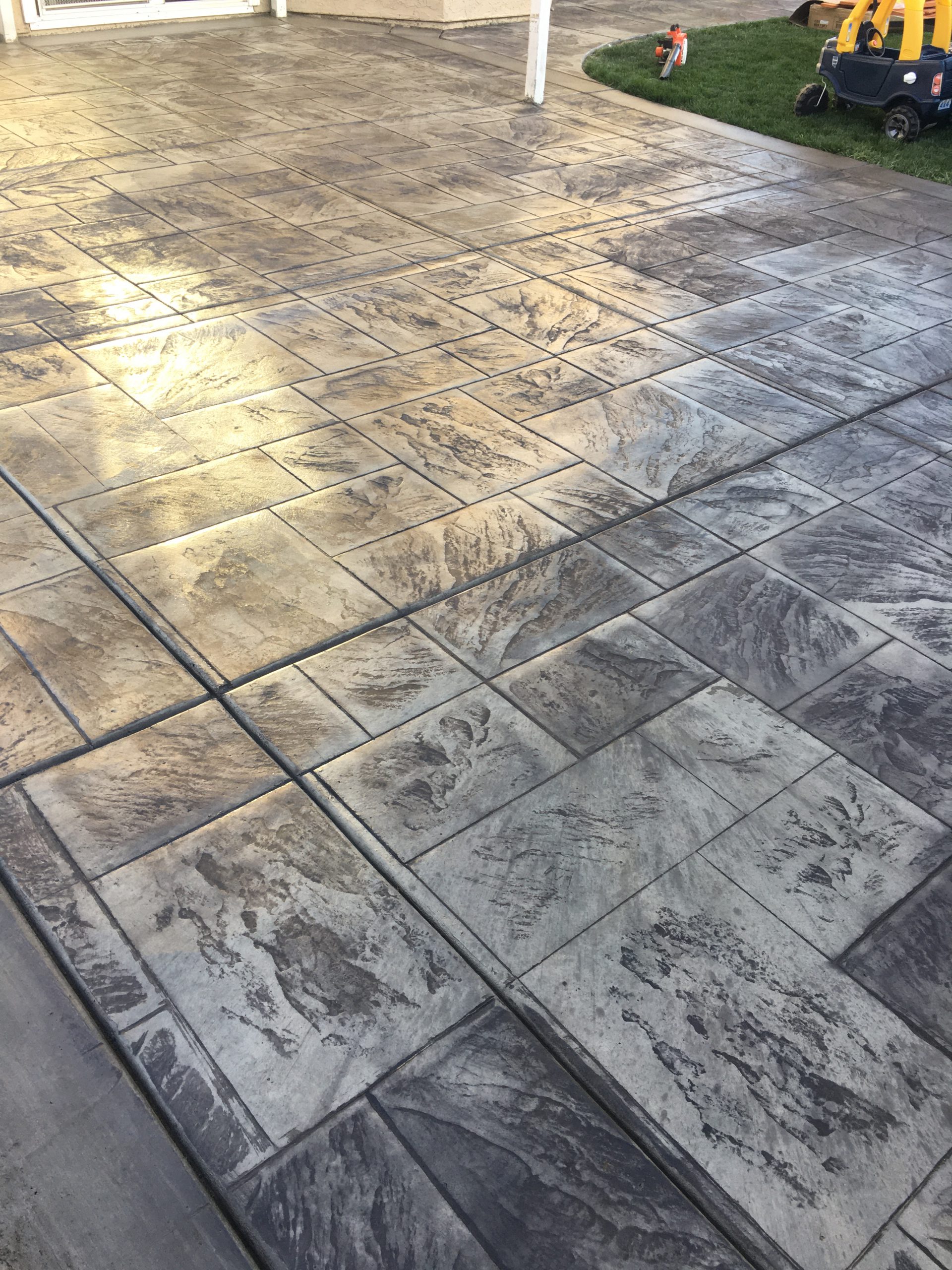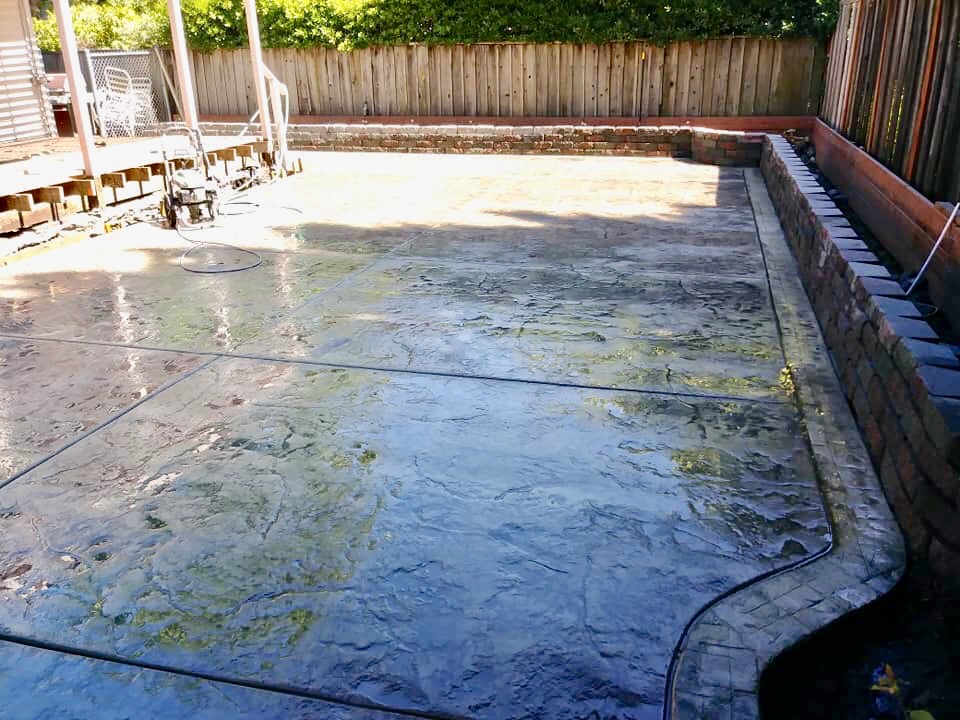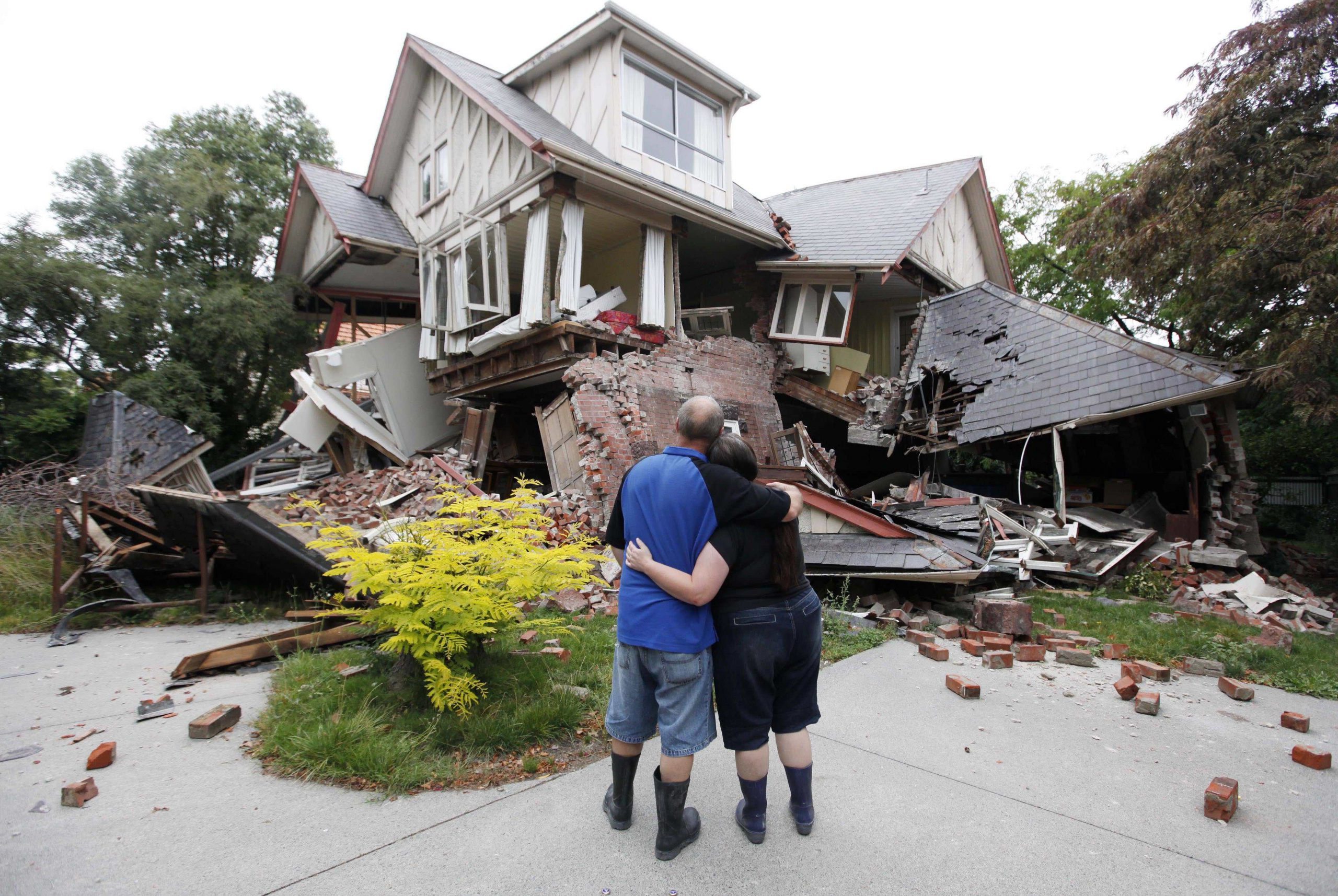How Long Does A Concrete Foundation Last?
Life Expectancy of Home Components
One way to plan for the expense of owning a house beyond mortgage payments, insurance and taxes is to know the life expectancy required of the components of your house.
This awareness does not supersede a home inspector’s use when buying a house, new or old, but it will help you build a savings plan to brace you for the inevitable.
Sooner or later you’ll need to fix or rebuild all of the pieces of your house— inside and out.
Knowledge of life expectancies of components is what homeowner associations use to create, in part, a contingency fund intended to spread the eventual costs over time.
If the roof goes out, the appliances conk out, or the paint starts to rust, it’s much easier to get the cash if you’ve got any socked away for just one rainy day.
Last year, the National Association of Home Builders, along with the Bank of America developed the “NAHB/BoA Home Equity Study of Life Expectancy of Home Components” to help you take the guesswork out of preparing for the worst.
The study suggests that you use the timelines as a general guideline. Local weather conditions, use patterns, routine maintenance— or lack of it— all can influence many components’ life expectancy.
Personal preferences for contemporary improvements need for remodeling and other considerations can also dictate replacing parts before their useful lifetime is finished.
In any event, NAHB established knowledge about the durability of housing components based on a detailed telephone survey of manufacturers, trade groups, and researchers.
From the base up to the rooftop, here’s a brief look at how long some of the most popular home components are supposed to last on a national average.
- Foundations. Poured concrete block bases and slab foundations will last for a lifetime, 80 to 100 years or more, given they have been constructed with precision. The termite proofing of the base, 12 years, provided the chemical barriers remain intact. Properly installed waterproofing with bituminous coating should last 10 years.
- Flooring. Through due treatment, the natural wood flooring has a life expectancy of 100 years or more. Similarly stone, slate, and granite, yet again, only with proper care. Vinyl floors wear out in fifty years, linoleum in twenty-five years, and tops carpet about eight and ten.
- Electrical system. Copper plated tubing, copper-coated brass, and bare copper cabling are designed to last a lifetime in the electrical system, while electrical appliances and lighting controls are expected to fail no more than 10 years.
- Outside materials. Things outside normally last for a lifetime. Brick, glass, wood-built, stone (both natural and manufactured), and cement fiber usually last as long as the house is in existence. Outside wood shutters get 20 years, well maintained gutters, 50 if steel, 20 years if aluminum. Copper downspouts last for the longest period of time, 100 years or more, while aluminum downspouts give up after 30 years.
- Doors. Exterior fiberglass, steel, and wooden doors will last as long as the house lives, while vinyl and screen doors have 20 and 40 years of life expectancy, respectively. Closet doors are supposed to last a lifetime, and French doors have a 30 to 50 year average life period.
- Windows. Wooden windows last longer than aluminum ones — 30 years compared to only 15 or 20.
- HVAC systems. Heating, ventilation, and air-conditioning systems require a religious maintenance regime. However, most components surrender within 25 years. Furnaces break down in 15 to 20 years, 16-year heat pumps and 10 to 15-year air conditioning systems. Tankless water heaters will go for 20 years or more but only 10 years of electric or gas water heaters. Thermostats have a lifetime of 35 years but are frequently substituted for more powerful ones.
- Appliances. The life expectancies of devices are largely dependent on how often they are used but are usually replaced long before they are finished. Gas ranges live 15 years among major appliances, dryers and refrigerators die at 13, compactors, dishwashers and microwave ovens will last until they are 9 years old.
- Roofing. The life of a roof depends primarily on local environmental conditions, proper construction and design, quality of materials and sufficient maintenance. The longest life expectancy for slate, iron, and clay / concrete roofs is 50 years or more. Timber shake roofs, go 30 years, cement fiber shingles last 25 years, asphalt shingles give up at 20 years.



Need a Second Opinion on Your Concrete Foundation?
We’re here to fix your home’s foundation, no matter what problem may exist. We have the specialized equipment, services and professional experience that you need to make permanent improvements to your building’s foundation. To get you started on the right foot, we would be happy to give you a free quote for the repair of the foundation. When you reach out by phone or email we will have one of our foundation experts answer any questions you have and explain how we can restore integrity and structural stability to your home or company building permanently. Successful concrete projects require careful planning and thorough preparation. Spaulding Concrete reviews the site and designs to ensure that the concrete and base structure follows the criteria for the planned use and that the layout and finishes are suitable for the project. The qualified concrete experts at Spaulding Concrete will be on schedule, on budget and meet or exceed standards by careful planning, professional execution, and strict quality control.
To schedule your free quote, call or email us today! We are proud to serve Orinda, Lafayette, Moraga, Pleasant Hill, Concord, Martinez, Pittsburg, Antioch, Brentwood and the surrounding areas.
